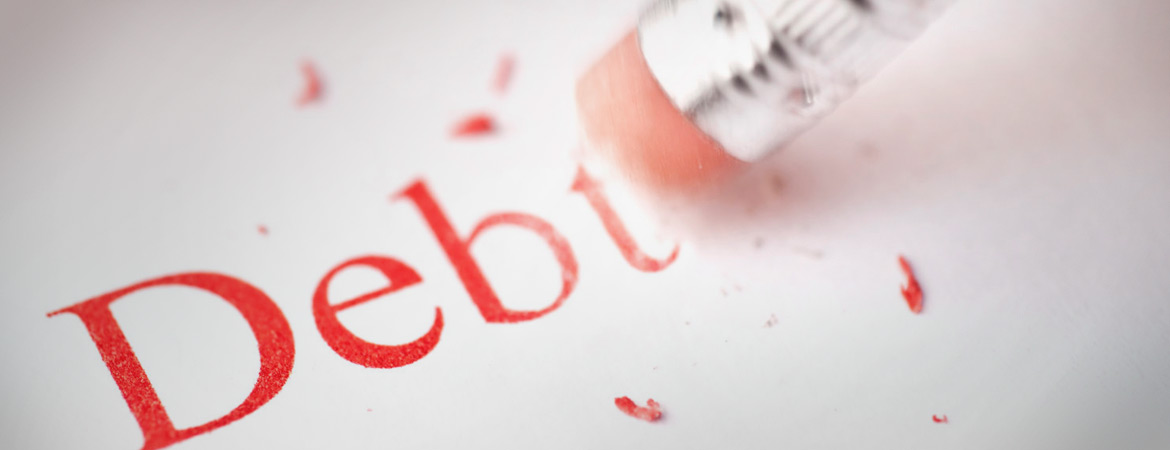Committing to being debt free is not a hard process, in theory, it just takes time and commitment.
Step 1: Review Your Expenses
Take a look at your discretionary expenses and find one or two small things you can cut. Whether it’s brown-bagging your lunch once or twice a week, shopping insurance carriers and cable/internet providers to cut down your monthly bills, or committing to one less dinner out per month, try to find an extra $25 - $100 that you can add to what you’re currently paying on all your credit cards and loans.
Step 2: Find a Lower-Interest Credit Option
There are a number of ways to reduce the interest you pay on your debt. Start by asking your credit card carrier to lower your rate. If that doesn’t work, consider these:
- Can you qualify for a new lower-interest credit card, hopefully one with a low balance transfer fee? This is one way to buy some time on your card payoff without racking up additional interest. If there’s an introductory rate, just be sure you pay attention to when the rate is set to adjust back up.
- Auto loans have some of the lowest available interest rates, which you can use to your advantage by refinancing your car loan. You can use that lower-interest money to pay off your higher-rate credit card.
- A debt consolidation personal loan (which likely has a lower APR than your credit card APR) would get the cash you need to pay off high-rate credit cards. Plus, it gives you fixed deadline for when the debt will be paid off.
Step 3: Choose a Payoff Strategy
Once you free-up additional money to put toward your debt and get your interest rates as low as possible, there are two general schools of thought to paying off your balances.
- Option 1: Pay off the card/loan with the lowest amount first
With this method, you would start paying extra on the card with the lowest balance, regardless of interest rate, while making the minimum payment on the rest of the cards. Then, once that first card is paid off, you apply that payment to the next lowest card amount, and so on, until all debts are paid.
Pro: You pay off your first card sooner and get a psychological boost that hopefully motivates you to continue on your payoff journey.
Con: You’ll pay more in total interest and it may take longer to pay everything off.
- Option 2: Pay off the highest interest card/loan first
With this method, you put your additional dollars toward the highest-interest card first, while paying the minimum on the others.
Pro: You’ll be done paying everything off sooner and you’ll spend less—maybe considerably less—in interest overall.
Con: Because it may take much longer to pay off your first card, there’s a potential to lose motivation and abandon your commitment.
So to recap:
1. Review your budget and find simple ways to save even $25 extra each month.
2. Try to lower your interest rates.
3. Choose a payoff method you can commit to.
